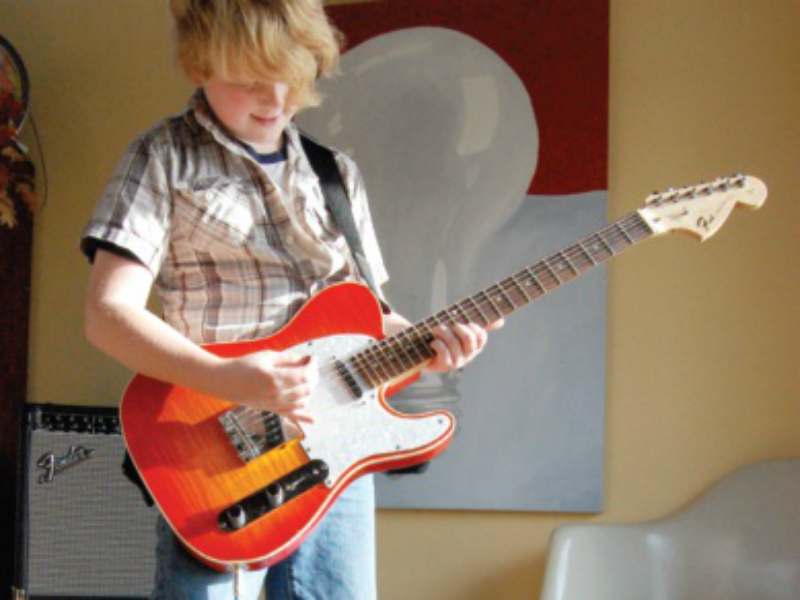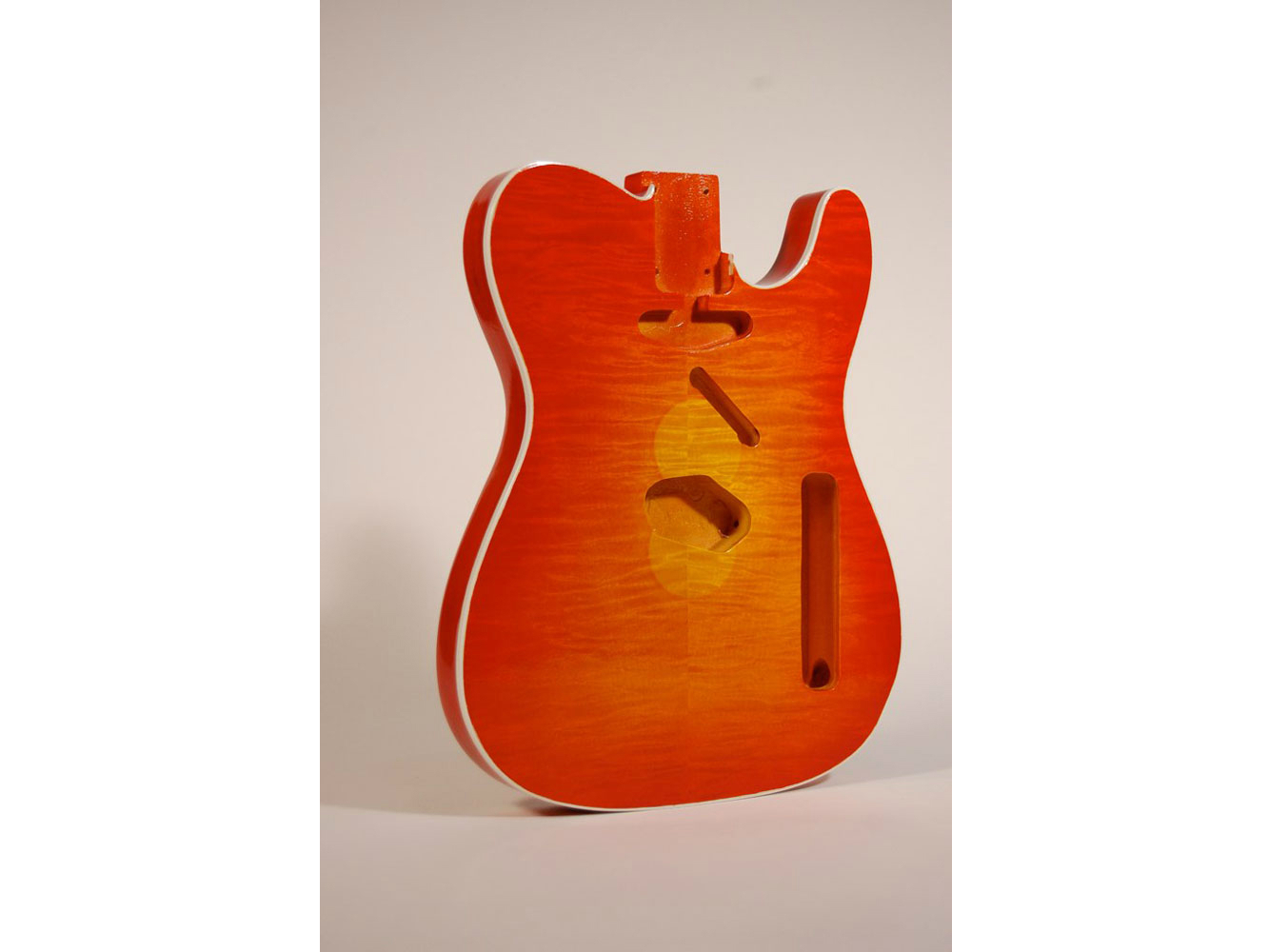One of the best ways to learn about electric guitars is to build one of the many DIY guitar kits available. When it’s done, you’ll have not only a working instrument, but an understanding of how your instrument works. You’ll know how to string it, adjust it, and set the action the way you like. You’ll become your own guitar tech.
If you’re an old hand with guitars, kits can be a low-cost way to get that “custom shop” Les Paul look you’ve coveted, for no more than the kit price, plus a bit of elbow grease.
Begin by Finishing
Kit guitar building has 3 phases. The first is to apply a finish to the wooden parts. Done right, this is 80% of the work. The second phase is assembly, which is really fun, seeing all the parts come together to become an electric guitar. Finally, there’s “setup”: adjusting the neck, pickups, action, and bridge to make the guitar sound and feel good.













